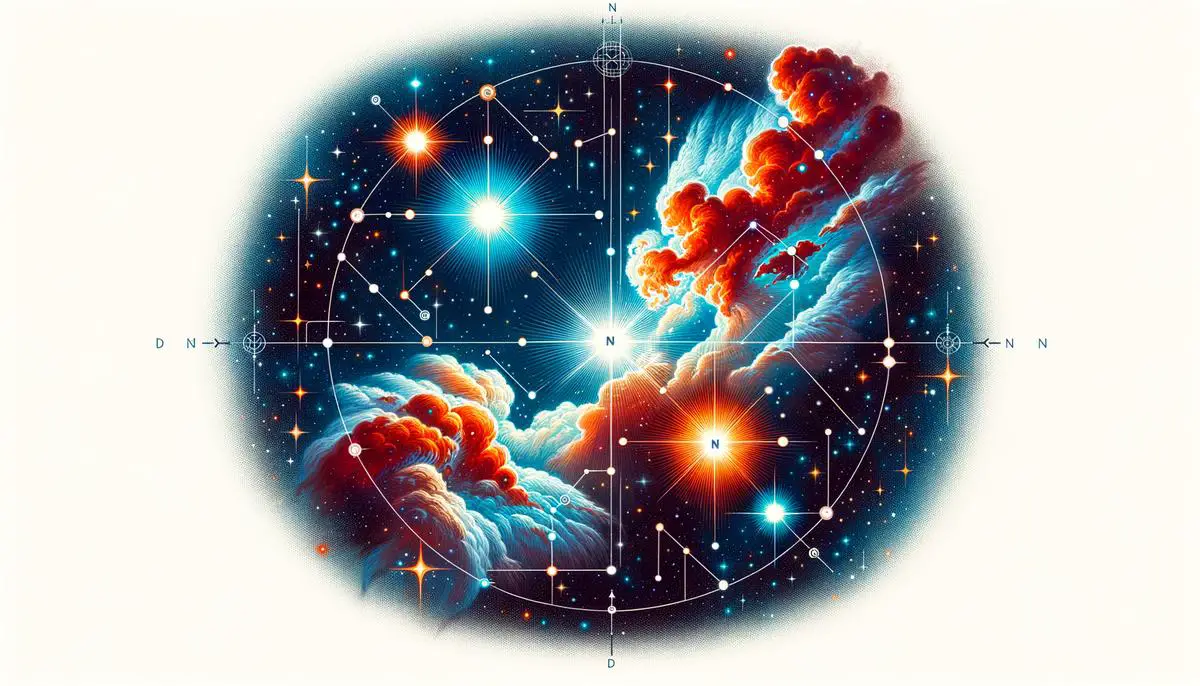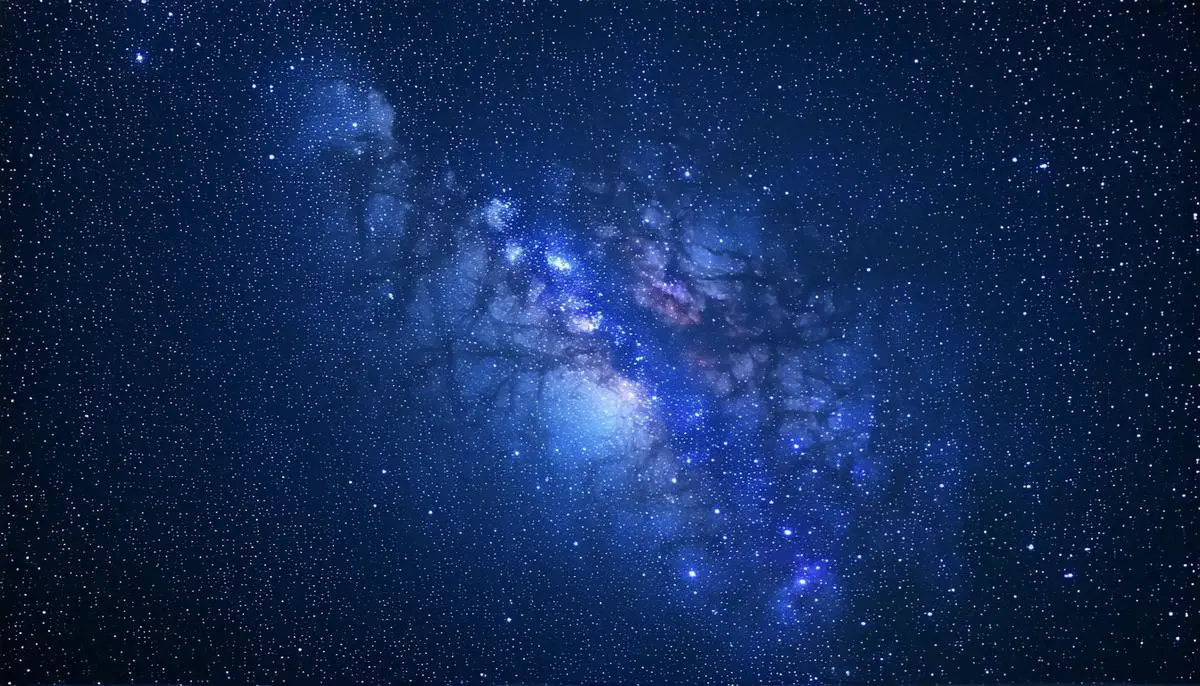Astronomical Features of Cygnus
The Cygnus constellation is rich with intriguing astronomical objects. At its core lies Deneb, a blue-white supergiant shining from 1,400 light-years away. As part of the Summer Triangle, Deneb outshines our Sun by 60,000 times and exhibits slight brightness fluctuations due to complex, non-radial oscillations.
Sadr, or Gamma Cygni, marks another luminous point at the cross's center. This blue-white supergiant, about 1,800 light-years distant, is less than 12 million years old but rapidly depletes its nuclear fuel due to its substantial mass.
Albireo, a binary star system roughly 380 light-years from Earth, presents a delightful sight. When magnified, it reveals contrasting colors: a warm orange main star with a cool blue companion.
Cygnus hosts several deep sky objects. The North America Nebula, a vast cloud of ionized hydrogen, covers an area equivalent to ten full moons. The Crescent Nebula (NGC 6888) displays shell-like features formed by fierce winds from a Wolf-Rayet star.
Cygnus X-1, an intense X-ray source and black hole candidate, lies about 6,100 light-years away. It orbits a blue supergiant 22 times as massive as our Sun, with a swirling accretion disk around the black hole.
Two open star clusters, Messier 29 and Messier 39, add to the constellation's diversity:
- M29 resembles a miniature Big Dipper
- M39 shows a triangular arrangement
These clusters, though different in age and size, are visible through amateur telescopes.

Mythology and History of Cygnus
Cygnus, the Swan constellation, is steeped in Greek mythology. It's often associated with Zeus, who transformed into a swan to win Leda's favor, resulting in the birth of Helen of Troy and the Gemini twins, Castor and Pollux. Another myth links Cygnus to Orpheus, the legendary musician whose lyre was placed among the stars after his death. Some versions depict Orpheus himself becoming Cygnus, creating a celestial duet with the nearby Lyra constellation.
Ancient astronomer Ptolemy included Cygnus in his Almagest as one of the 48 original constellations, underscoring its importance in early astronomy. Various cultures interpreted Cygnus differently:
- In Hindu tradition, it's associated with the Brahma Muhurta, an auspicious time for daily contemplation.
- Polynesian civilizations, including the Maori and the Society Islands people, incorporated Cygnus into their navigation and cultural lore.
Today, Cygnus remains one of the 88 modern constellations recognized by the International Astronomical Union (IAU). Its enduring presence in the night sky continues to inspire stargazers and historians, bridging ancient myths with our ongoing exploration of the cosmos.

Cygnus, with its celestial wonders and mythological significance, offers a captivating glimpse into the universe's grandeur. Its stars and stories continue to inspire curiosity and reflection, highlighting our enduring connection to the cosmos.
- Ptolemy C. Almagest. 2nd century CE.
- International Astronomical Union. The Constellations. IAU.org.
- Sheth K, et al. Evolution of the bar fraction in COSMOS: quantifying the assembly of the Hubble sequence. Astrophysical Journal. 2008;675(2):1141-1155.
![]()
